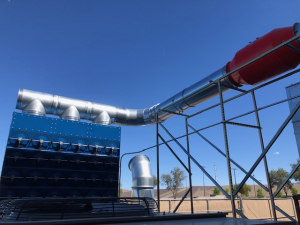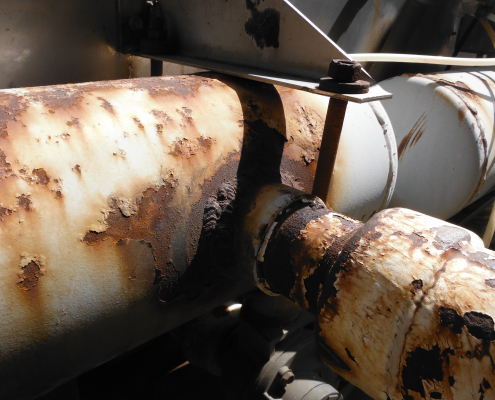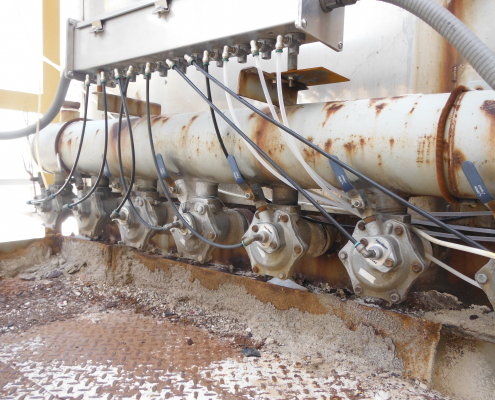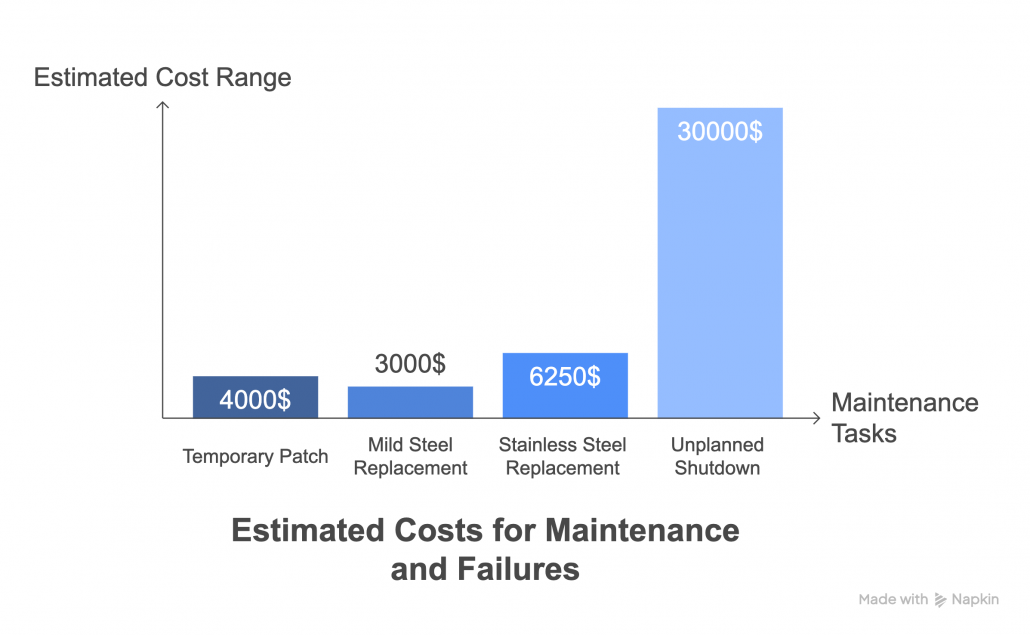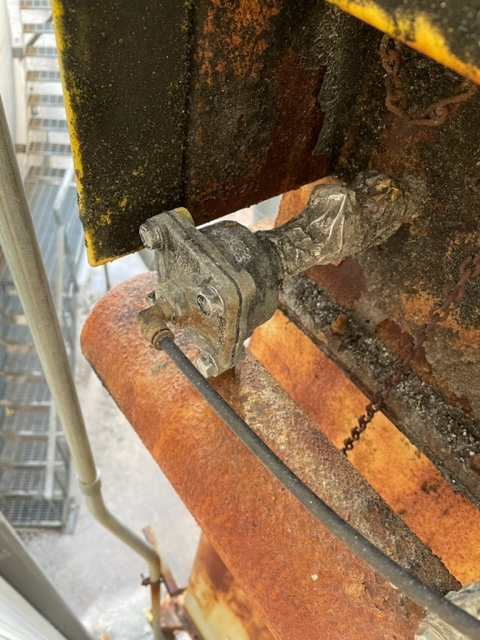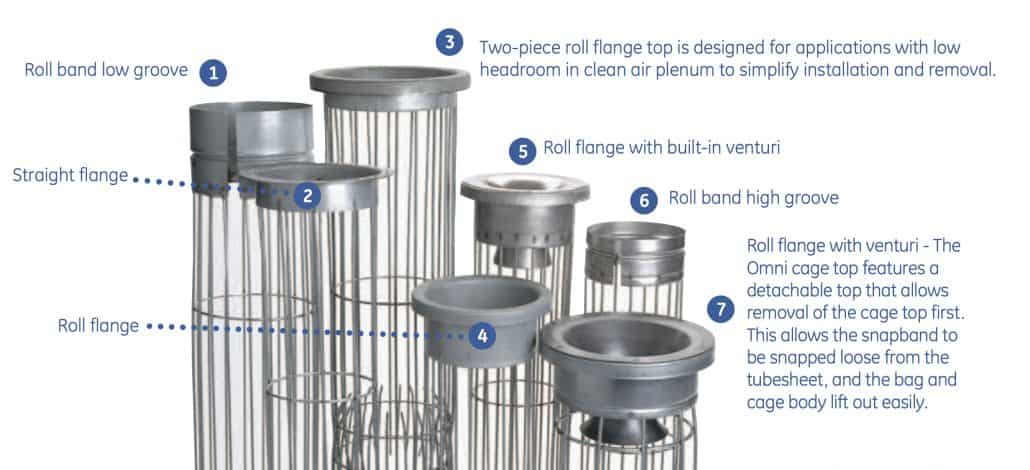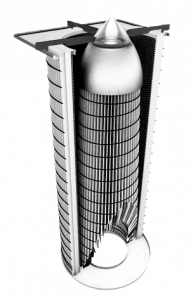Top 5 Common Baghouse Misconceptions — And Why They Matter
If you’re trying to get the most out of your baghouse system, there’s one simple rule to keep in mind: go back to the basics.
It might not sound exciting, but fundamentals like starting up the system properly and cleaning only when needed (based on differential pressure) can make a huge difference in performance and bag life.
You’d be surprised how many plants overlook these essentials. And often, it’s because of a few persistent myths about how baghouses actually work. So let’s clear the air and take a closer look at five common misconceptions that could be holding your system back.
(And just a quick heads-up: if you’re using PTFE or Teflon-coated bags, these points might not apply in the same way.)
Misconception #1: The Bags Do the Filtering

The dust cake in the filter is like having big fish in your net, which collect small fish that normally would go through the holes of the net.
It seems logical to assume the filter bags are what filter the dust, right? But that’s partially right.
In reality, the real filtering happens in the dust cake—the fine layer of dust that builds up on the surface of the bag. This “control layer” is what traps the smaller particles. Without it, fine dust can slip right through and get embedded in the bag fabric. That’s how you end up with prematurely blinded bags that have to be replaced long before their time.
This is why proper startup is so critical when you install new bags. If you rush the process and start collecting full-load dust too soon, there’s no chance for that initial dust layer to build properly. And once the media gets clogged internally, there’s no cleaning it out. That’s why we recommend using precoat powder when the bags are new, to contribute to form an initial dust layer.
Misconception #2: Over-Cleaning is Better Than Under-Cleaning
It’s easy to fall into the “cleaner is better” mindset. After all, that’s true for most things—just not baghouses.
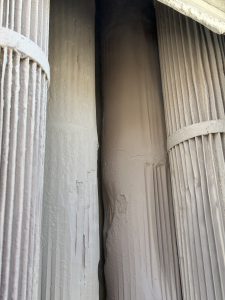
Undercleaning usually happens when the cleaning system is in poor condition or is set incorrectly. The result is excessive dust cake that will choke off the airflow.
Over-cleaning can be worse than under-cleaning. Why? Because every time you pulse clean the bags, you’re removing the dust cake layer that does the actual filtering. If you clean too often—especially on a time-based schedule rather than based on differential pressure—you’re stripping the bags down to the raw fabric over and over again. This opens the door for fine dust to embed in the media and causes early blinding.
And here’s the kicker: most emissions from a baghouse happen during the cleaning cycle. So if you’re cleaning more than you need to, you’re not just wearing out your bags—you’re potentially increasing emissions and wasting compressed air too.
Misconception #3: Filtering Wears Out the Bags
This one is sneaky because it seems true on the surface. You might think, “The more dust that goes through the system, the more wear on the bags,” right?
Not quite. It’s not the filtering—it’s the cleaning that wears them out.
Every pulse of air flexes the bag fabric. Over time, that flexing weakens the fibers, opens up the weave, and lets dust in. Add to that the mechanical stress of thousands of cleaning cycles, and you’ve got a recipe for premature bag failure.
If you wait until the differential pressure really justifies a cleaning, you’ll reduce how often the bags flex—and that extends their life significantly.
Misconception #4: Short Temperature Spikes Aren’t a Big Deal
Another common myth is that short temperature spikes—ones that go just a bit above the filter media’s rating—don’t really hurt anything.
That’s not true. Even brief exposures to high temperatures weaken the tensile strength of the filter media. And the damage is cumulative. The media may look fine after the spike, but a few days or weeks later, you start seeing bags fail during normal operation.
We’ve seen this happen at foundries running close to the temperature limit for their bags. One sudden spike, even for just 30 minutes, and a week later they’re pulling bags with ripped seams and fabric tears. The material just couldn’t hold up under the usual cleaning cycles anymore.
Check here the different filter medias and their corresponding temperature rating.
Misconception #5: You Don’t Need to Inspect Bags Until You See a Problem
It’s easy to fall into the “if it ain’t broke, don’t fix it” mindset when it comes to baghouse maintenance. But waiting until there’s a visible problem—like a spike in emissions, a drop in airflow, or a jump in differential pressure—usually means the damage is already done.

Routine inspections are super important, even if the system seems to be running smoothly
Filter bags degrade gradually, and many issues start long before you see any obvious signs. Tiny tears, seam separation, chemical attack, and wear from cleaning cycles often begin on a small scale. If left unchecked, these issues can turn into full-blown failures that lead to downtime, permit violations, or even safety risks.
That’s why routine inspection and preventative maintenance are critical, even when everything seems to be running fine. Visual checks, spot bag testing, and scheduled compartment inspections can catch early signs of trouble—like bag hardening, embrittlement, or abrasion—before they impact performance.
Final Thoughts
Understanding how your baghouse really works—and what doesn’t cause problems—is key to running a more efficient and reliable system.
And remember: if something seems “off” with your baghouse, don’t just assume it needs more cleaning. Sometimes the best thing you can do is let the dust do its job.



